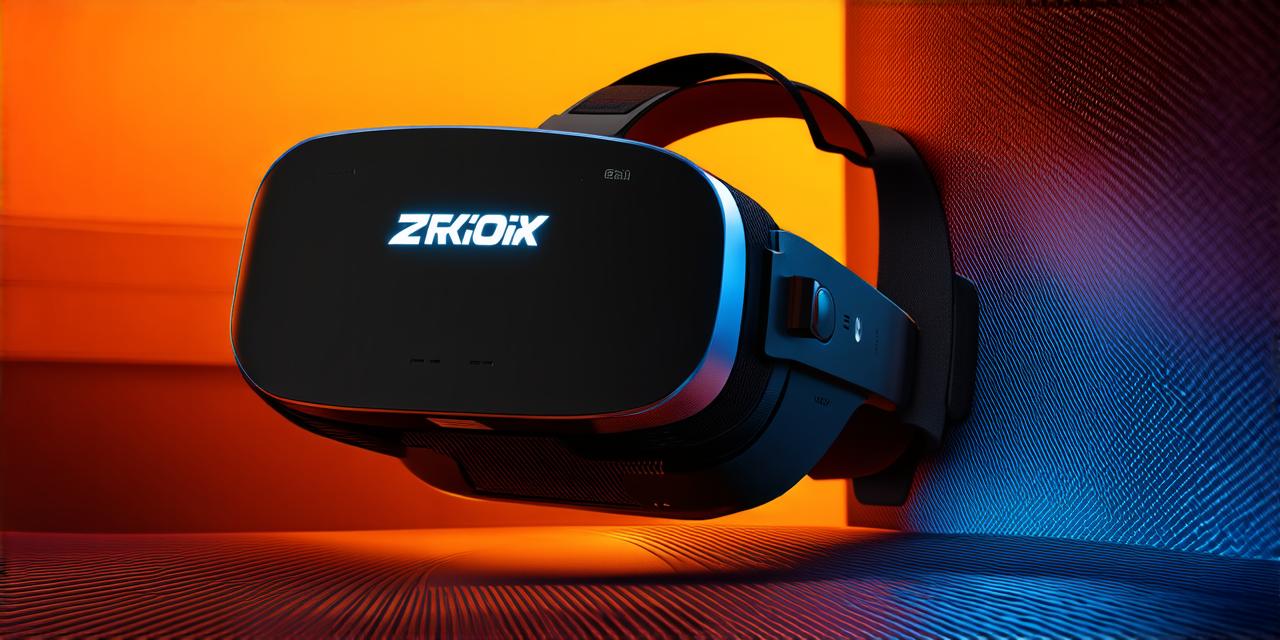Virtual Reality: A Rapidly Growing Technology
Key Features of Virtual Reality
-
Immersive Environment
-
Interactivity
-
Customization
-
Real-time Tracking
-
Social Features
-
High-quality Graphics and Sound
-
Cost
-
Accessibility
-
Use Cases
-
Future of VR
8. Accessibility
Virtual reality technology is becoming more accessible to a wider range of people, including those with disabilities. For example, VR headsets can be used by individuals with vision impairments, and there are a variety of adaptive controllers available for users with limited mobility.
9. Use Cases
Virtual reality technology has a wide range of applications across many different industries. Some examples include:
-
Training and simulation: VR can be used to simulate real-world scenarios, such as flight or driving, allowing individuals to practice their skills in a safe environment.
-
Gaming: Virtual reality can be used to create highly immersive and realistic gaming experiences.
-
Healthcare: VR can be used to treat conditions such as PTSD, phobias, and anxiety disorders by exposing patients to controlled virtual environments.
-
Education: VR can be used to create immersive learning experiences that allow students to explore new concepts in a more engaging way.
10. Future of VR
The future of virtual reality technology is exciting, with many new developments and innovations on the horizon. Some potential applications include:
-
Augmented reality: Virtual reality technology can be combined with augmented reality technology to create even more immersive experiences.
-
Haptic feedback: Virtual reality technology can be used to provide haptic feedback, allowing users to feel physical sensations in a virtual environment.
-
Wireless VR: As wireless technology continues to improve, it is likely that we will see more wireless VR headsets and other equipment become available.
Summary
Virtual reality technology has come a long way since its early days, and it continues to be an exciting and rapidly evolving field. With its immersive environment, interactivity, customization, real-time tracking, social features, high-quality graphics and sound, accessibility, use cases, and potential future developments, virtual reality technology has the power to transform many different industries and change the way we experience the world around us. As virtual reality technology continues to improve, it is likely that we will see even more exciting applications and innovations emerge in the years to come.
